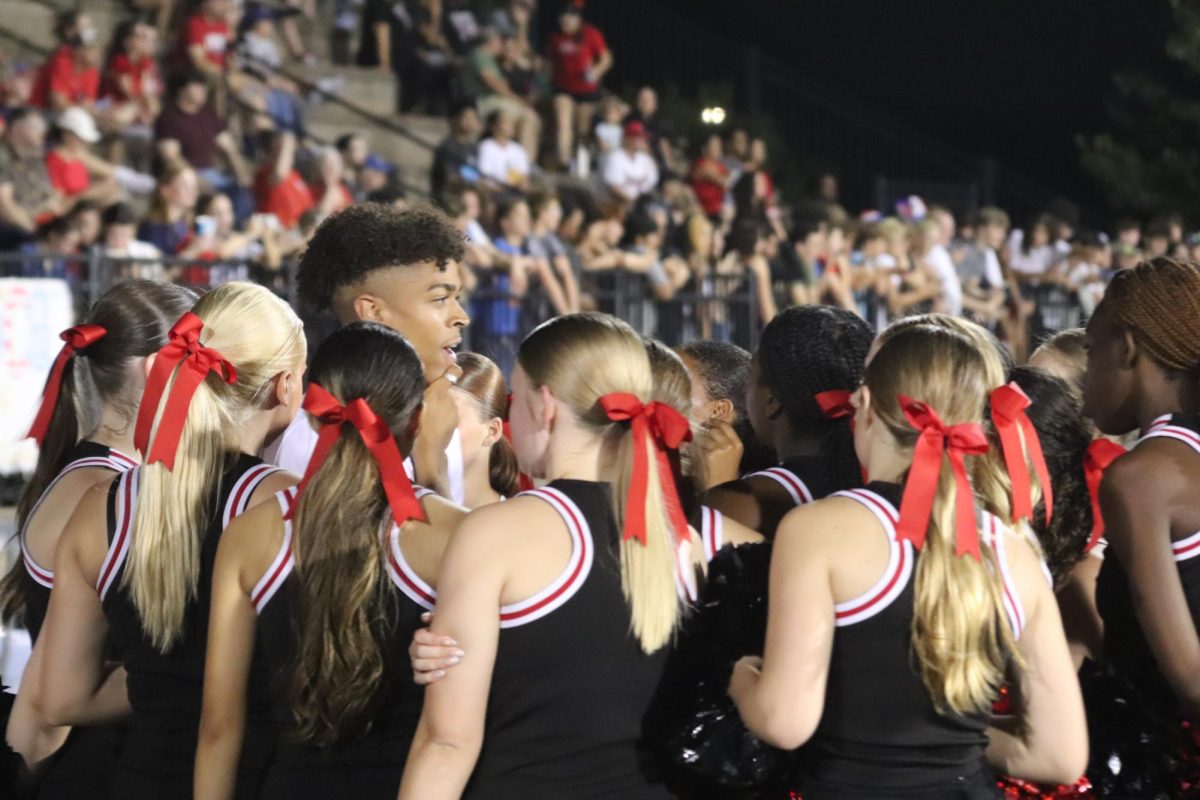Picture this: You’re babysitting a child and in the middle of your conversation they start slurring their words, staring off into space and complaining of extreme dizziness. They then begin to have a seizure right in front of you. In a panic, you immediately call 911 and the operator says that the closest ambulance is 15 minutes out. Shocked by this predicted response time, you know you need to make a decision: Drive the child to the hospital and risk getting stuck in traffic, or wait out the 15 minutes at home with no help?
For some, this horror scene can be a reality. Currently, there is a nationwide shortage of Emergency Medical Services (EMS) which has impacted fire departments as well as the communities they serve.
Local Wayland Fire Department Chief Neil McPherson has felt the effects of the shortage in his own station.
“It’s a constant challenge for us to find qualified people to hire,” McPherson said. “Right now, there’s not a lot of medics out there, and there’s a lot of towns who are fighting over the medics because, in large part, that’s who we want to hire.”
One reason it is a challenge to find and hire Emergency Medical Technicians (EMTs) is that not many people think of becoming one as their future profession.
“It’s not really talked about in high schools where people are trying to make decisions [about] where they want to go [to college] and what [careers] they want to have,” WFD paramedic Ian Wallace said.
WHS Class of 2023 alumna Anna Ilyin decided that EMS was the path for her, as she is on the pre-med track. She decided that becoming an EMT was a stepping stone that could give her field experience before becoming a doctor.
“Part of the reason why I decided to become an EMT [was because] I wanted patient experience, but I also have always been interested in emergency medicine [and] being in the ER,” Ilyin said. “You’re in the action but you’re also giving medical intervention [and] providing patient care.”
Even though the EMS profession is a rewarding job, it can take a toll on one’s mental health and well being.
“This is a tough job,” Massachusetts Fire Marshal Jon Davine said. “It’s tough on you physically, [and] it’s tough on you mentally. Our firefighters see a lot of awful things out there.”
Ilyin also agrees that the job comes with internal and external challenges and recognizes the problems and risks associated with being in EMS.
“EMS [workers] are walking away because of a combination of things,” Ilyin said. “It’s a lot of stress and it can be very physically taxing but also mentally taxing. [The job] can really take a toll on your mental health and be very draining. EMTs are [also] not paid as much as you [may have thought] they would be, especially considering that the job they’re doing is so high risk. The financial [benefits] of the job [are] not enough for what you go through and what you see as a first responder.”
Because of the demanding nature of the job, many EMTs have left the industry. Overall turnover for full-time EMTs was 36% in 2021. Of that 36%, 31% voluntarily left the service. More than one third of all new EMS hires leave the service within their first year of employment.
“Some of the more senior medics [are] getting burnt out because the call volumes are increasing in this area,” McPherson said. “There's more and more people, there's more and more density, there's more and more apartments, so the call volumes for a lot of the services are going up.”
There is a need for more EMTs because rescue calls continue to represent the single greatest emergency call type, with Wayland’s personnel providing advanced life support on 56% of the medical transports.
“The reality is, the majority of what we do is medical calls,” McPherson said. “So it's critical when we talk about the fire service that we offer not just firefighting, but we offer emergency medical services.”
Because of the recent need for EMS resources, some towns have resorted to hiring third party ambulance providers. The problem is, ambulances are not always available near the scene because they are coming from a private company that could be stationed anywhere.
“I think it's for the better when your fire department has control over the EMS system,” Davine said. “You have control over staffing [and] the budget. If you're relying on a private service ambulance, you sign a contract with them, and you hope that they can hold up their end of the deal. But if they run into trouble or something happens, they could get up and leave your community too. Now you're left with no EMS coverage.”
Despite all the factors working to make EMS seem like an undesirable field, such as the difficulty of filling EMT positions, low wages and the taxing mental and physical factors, the EMTs who stick it out can realize that it's a worthwhile and rewarding career.
“When someone calls 911, it's the worst day of their life,” Ilyin said. “No one wants to call an ambulance. No one wants to be in that kind of situation. As a first responder, you're the first person that your patient is going to see. [That is] so important because I can really alleviate the situation [for] someone who I probably will never see again [and] won't get an update on, but knowing that I was able to help them in that situation is so powerful.”
Other first responders feel similarly about serving the public and seeing how their impact can be both rewarding and fulfilling.
“I've always valued helping people and being in a situation where I can make even the smallest bit of difference,” Wallace said. “I'm able to get the gratification of immediately seeing the effects of helping somebody.”
First responders, and therefore EMTs, are a crucial part of communities. Their job is to selflessly help others. Without EMS, people’s lives would be at stake.
“[Being an EMT is] a job that you have to show up everyday at 100%,” Illyin said. “There’s no option for you to come in and not give it your all. You're dealing with people's lives.”
This story was originally published on Wayland Student Press on May 18, 2024.






































